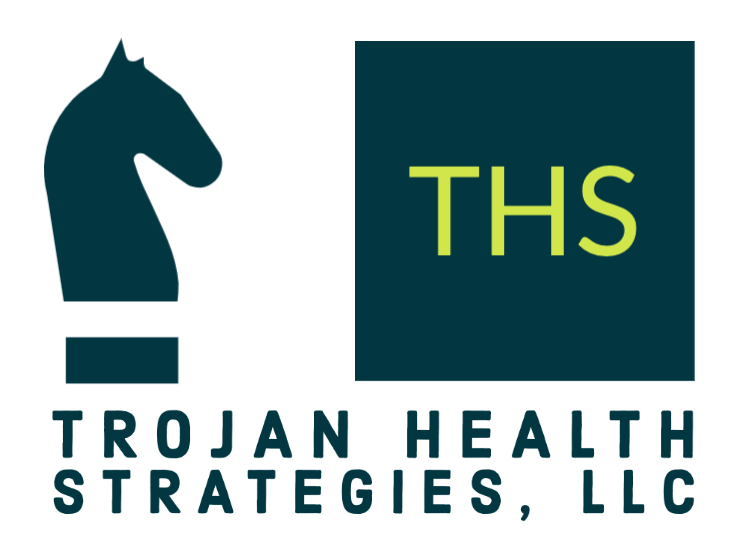The secret to avoiding churn at work
Recently, I have been working with a client to improve its internal operations. The team has many great ideas, but it has taken a significant amount of time to show results. In a few instances, there has been so much uncertainty that ideas never actually crystalize into projects. Direct reports failing to start risks missing objectives and can become a leader’s worst nightmare!
How can this happen? This often occurs when projects enter the execution phase before idea has matured. In working with the leader to explore how the team could improve, we realized that the team had be given direction and ideas to implement, but those ideas lacked the details necessary to support a flawless execution. My observations stemmed from cloudy objectives, to unarticulated and mismatched deliverables, to a rapidly changing scope (without actively managing scope change), or planning on the fly. Can work be executed this way? Sure, however it will be more overwhelming, wrought with risk and inefficient.
Before a project can be born, it helps if the idea can gestate to maturity. Then a charter becomes useful. While it can help if the charter is well defined, having it is not a panacea, especially in a highly matrixed organization. However, the charter can be a hindrance if the idea it is intended to support has not evolved to connect to its strategic importance, resource availability and stakeholder readiness. In other words, it is inefficient to use the charter to negotiate a solution to a problem that has yet been defined. There is some truth in Steve Jobs statement that
If you define the problem correctly, you almost have the solution.
THE BAD NEWS
Getting to the charter takes some work. If you didn’t use a business case to inform your charter, you may want to do so immediately. Getting sign off on a business case early on will:
Clarify the problem to be solved
Justify the focus on this particular problem
Select the best solution amongst a set of alternatives to carry forward
Estimate the resources the project requires to be successful
Examine where the new solution impacts the rest of the organization
Get stakeholder buy-in
THE GOOD NEWS
Much of the information in the business case can be transferred to the charter with little effort. Further, negotiating a business case is a signal to stakeholders that execution has not yet started, which can be an important stakeholder expectation to manage. Without this clarity, you set yourself up for confused stakeholders, scope creep, unnecessary churn and unwelcome surprises. These outcomes end up being distractions that stand in the way of you meeting your goals.
A well developed business case saves so much time when it comes time to focus on execution. Even if you inherit a project, it behooves you to get clarity on and review the strategic fit, the selected approach, organizational impact and plan for execution, to make sure you are aligned. If you think that upskilling members on your team on how to use a business case to clarify what they do, let’s discuss how we can partner to help your team deliver results confidently and consistently.
